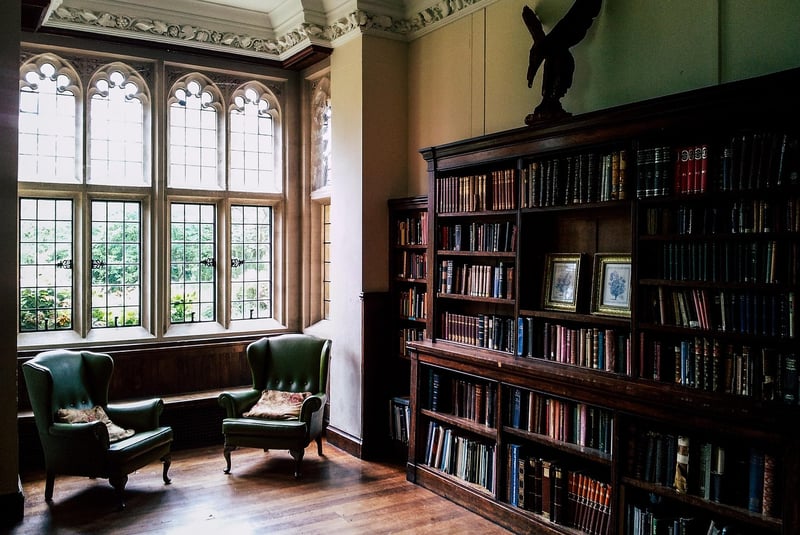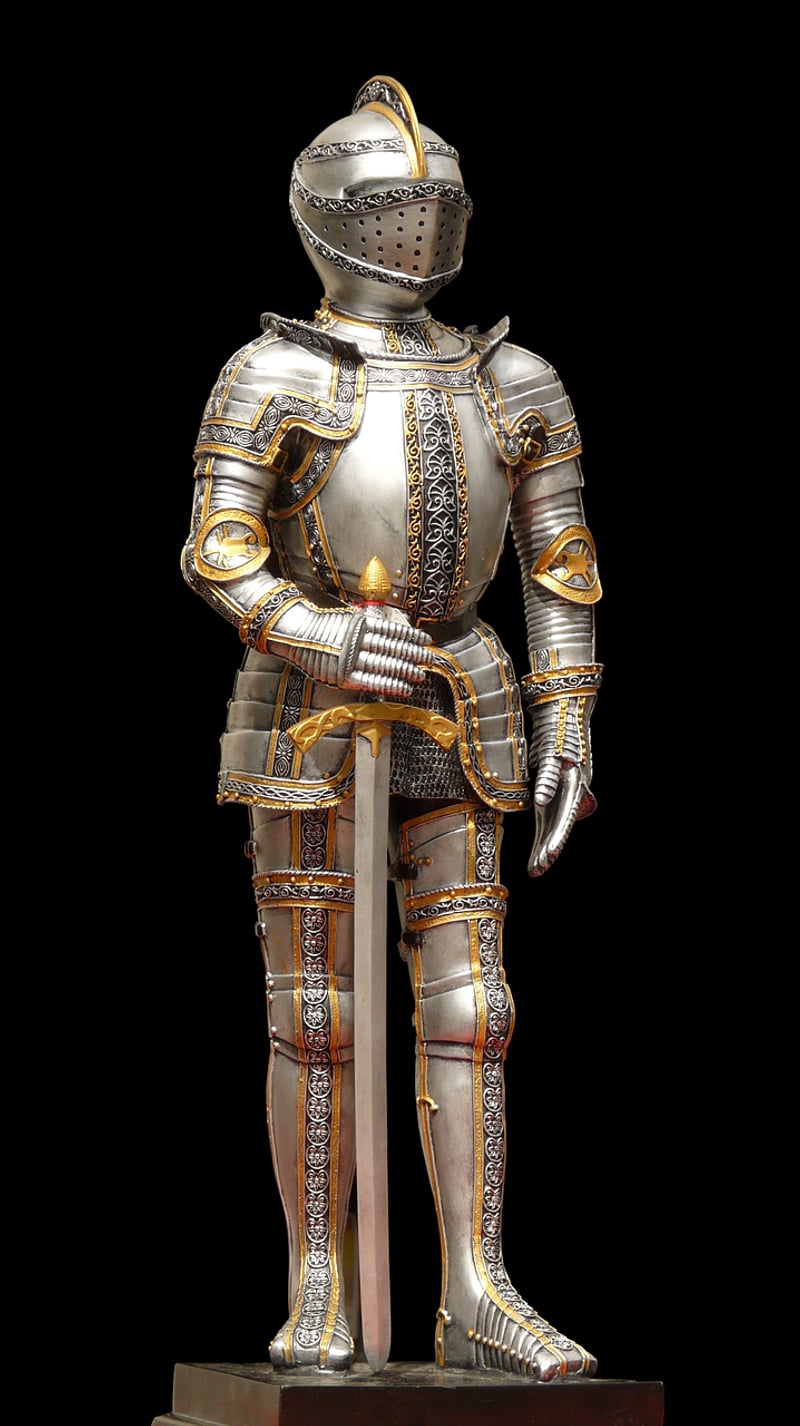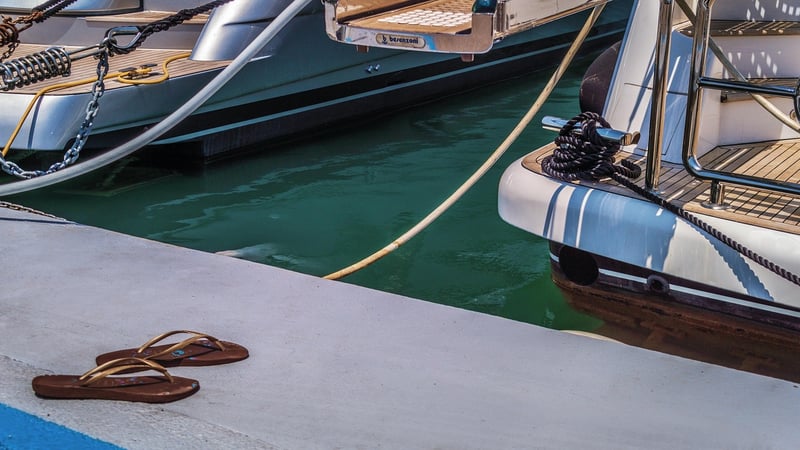Historical Etiquette
Stay Informed: Historical Etiquette
Etiquette has played a significant role in society throughout history, shaping interactions and social norms. Understanding historical etiquette can provide insights into the customs and behaviors of different time periods. Let's delve into some fascinating aspects of historical etiquette.
Victorian Era Etiquette
In the Victorian era, strict etiquette rules governed social interactions. Proper behavior was highly valued, and individuals were expected to adhere to specific guidelines. For example, women were expected to curtsy, and men were required to bow when greeting someone of higher social standing.

Victorian Dining Etiquette
During meals, Victorian etiquette was particularly elaborate. Table manners were crucial, with rules governing everything from how to hold cutlery to the proper way to pass dishes. Additionally, conversation topics were carefully chosen to ensure they were appropriate for the company.
Medieval Etiquette
Medieval etiquette varied across different social classes and regions. Chivalry was a key aspect of medieval etiquette, emphasizing virtues such as honor, bravery, and courtesy. Knights were expected to follow a strict code of conduct, known as chivalry, which governed their behavior on and off the battlefield.

Medieval Courtly Love
Courtly love was a concept that emerged during the medieval period, emphasizing romantic love and admiration. It involved elaborate rituals and gestures to express love and admiration for a noble lady. Courtly love often inspired poetry and literature of the time.
Colonial America Etiquette
In colonial America, etiquette reflected English customs and societal norms. Politeness and manners were highly valued, with strict rules governing social interactions. Proper behavior, such as addressing elders with respect and using formal titles, was essential.

Colonial Dining Etiquette
Colonial dining etiquette mirrored European customs, with an emphasis on table manners and propriety. Diners were expected to use utensils correctly, observe proper seating arrangements, and engage in polite conversation during meals.
Exploring historical etiquette provides a deeper understanding of societal values and norms from different time periods. While customs may have evolved over time, the influence of historical etiquette can still be seen in modern manners and social conventions.
Stay informed and enrich your knowledge by exploring the fascinating world of historical etiquette!
